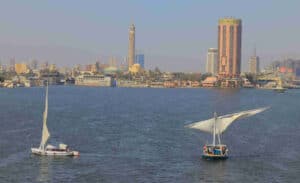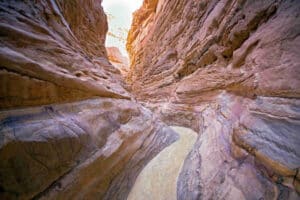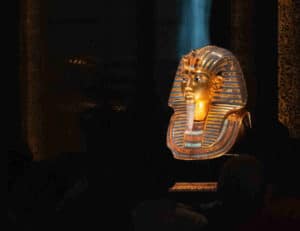Medinet Habu is an archaeological and monumental site worth visiting, especially for those who spend several days in Luxor. For this reason, some of our tours, especially the longer ones, include a guided visit to this site. In the following lines we tell you where it is, what it is and what are the places of interest of this complex, which preserves some of its elements in very good condition.
Where is Medinet Habu Medinet Habu
Medinet Habu is in Western Thebes, i.e., the vast territory of present-day Luxor that extends beyond the western bank of the Nile River. In fact, it is close to other major attractions in the area, which can be easily reached by car: the Valley of the Kings, the funerary temple of Queen Hatshepsut, the Ramesseum, etc. Both Medinet Habu and the aforementioned spaces and many others have a funerary or religious character, since when viewed from Luxor, this is the area where the sun sets, something full of symbolic value in the religion of ancient Egypt.
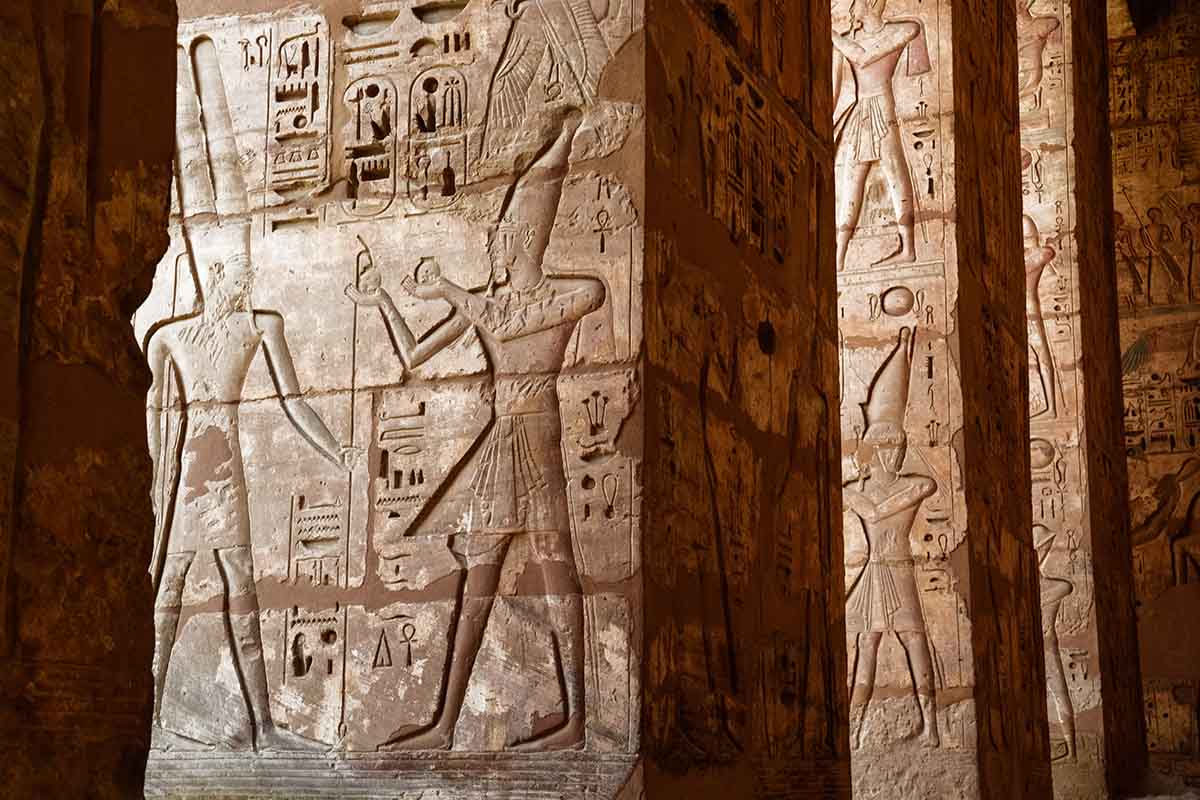
What is Medinet Habu Medinet Habu
Medinet Habu is an enclosure that is mainly articulated around the funerary temple of Ramses III, one of the most important pharaohs of the XX dynasty. And it is largely inspired by the nearby Ramesseum, the funerary temple of Ramses II.
However, Medinet Habu was walled and, within its walls, other spaces were located, so it came to be considered an administrative and even residential center or, at least, a place for the pharaoh himself, as it had its own royal palace. In addition, in situations of danger, it could provide shelter to the population inside the enclosure. In fact, already in the first centuries of our era, it seems that it was used as a Coptic settlement with a church.
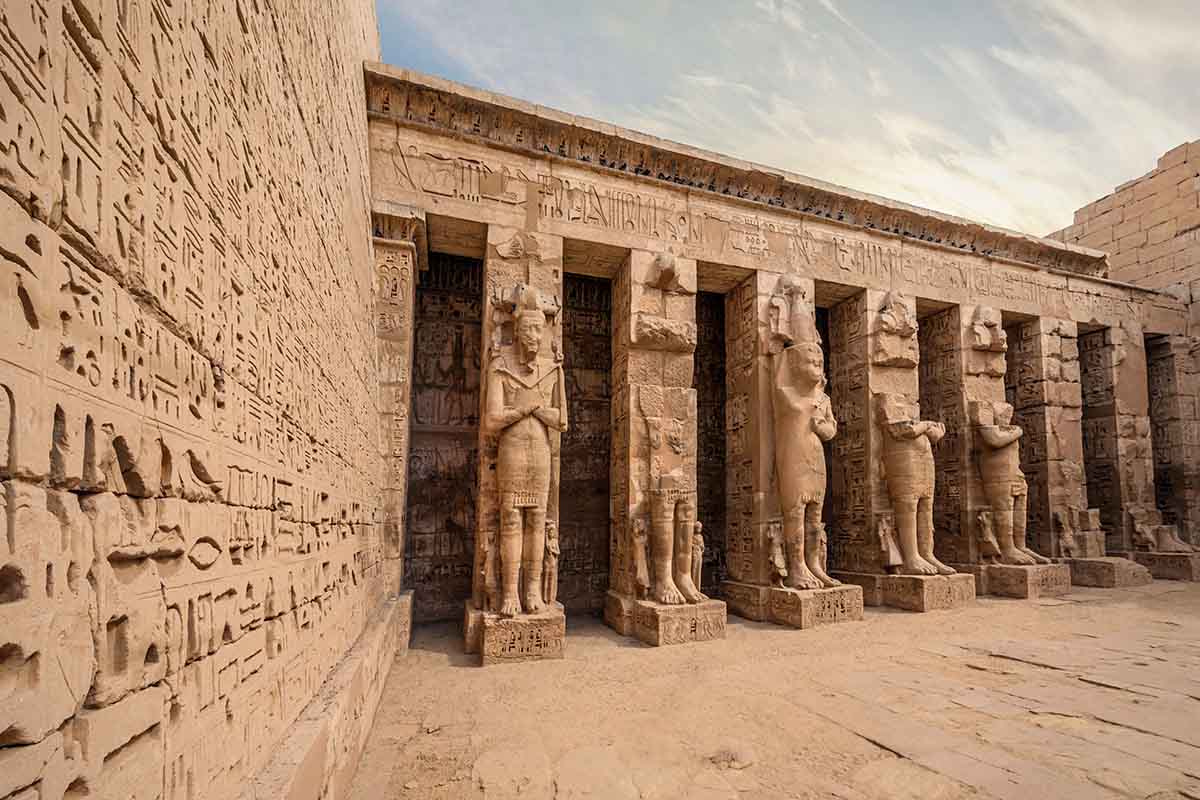
What’s in Medinet Habu
During your visit to Medinet Habu, you will discover the following spaces, each with its own particularities, although some of them are practically nothing left standing:
- Temple of Ramses III: undoubtedly, it is what is preserved in better condition and what will attract the visitor’s attention. Several pylons with their spectacular reliefs alluding to the pharaoh are still standing, but also the courtyard, several hypostyle rooms and chapels. It is interesting to note that some of its columns and roofs still show traces of polychromy, which shows the interesting coloring that this construction must have had.
- Other temples and chapels, such as that of Nectanebo I or that of Amenardis
- Wharf and canal, because this enclosure was connected to the Nile for the realization of religious processions by boat.
- Pavilion or Royal Palace, from where the pharaoh witnessed and presided over the procession.
- Wall, which allows us to understand the dimension of this enclosure.
As with archaeological sites, it is not always easy to understand these spaces with the naked eye. For this reason, it is of special interest to make the visit with an expert guide. If you contract your trip with Egipto Exclusivo, we will provide you with the best professional to know all the details of the trip. Medinet Habu.

